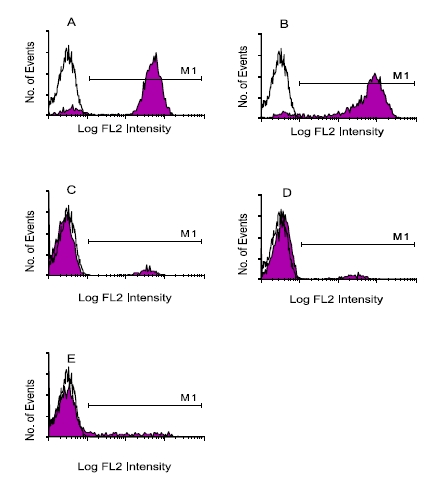Monkey IgG (Fab specific) rabbit polyclonal antibody, HRP
| Applications | Direct staining of fixed cell and tissue substrates; to demonstrate the intracellular presence of free or Ig-bound subunits of both kappa or lambda type. In general this conjugate is not recommended as direct or indirect screening reagent for If isotypes on surface membranes of vital lymphoid cells. The activity to the common Ig/Fab subunit may result in the staining of immunoglobulins bound to the Fc-receptors on non-lymphoid cells. Combinations of isotype-specific reagents should be used instead for this purpose. This immunoconjugate is not pre-diluted. The optimum working dilution of each conjugate should be established by titration before being used. Excess labelled antibody must be avoided because it may cause high unspecific background staining and interfere with the specific signal. Recommneded Working Dilutions: Histochemical and Cytochemical Use: 1/100-1/500. ELISA and comparable non-precipitating antibody-binding assays: 1/5000-1/10000. |
| Reactivities | Monkey |
| Conjugation | HRP |
| Immunogen | Purified normal Fab of polyclonal Rhesus Monkey IgG. Freund’s complete adjuvant is used in the first step of the immunization procedure. |






























































































































































































































































 Germany
Germany
 Japan
Japan
 United Kingdom
United Kingdom
 China
China
